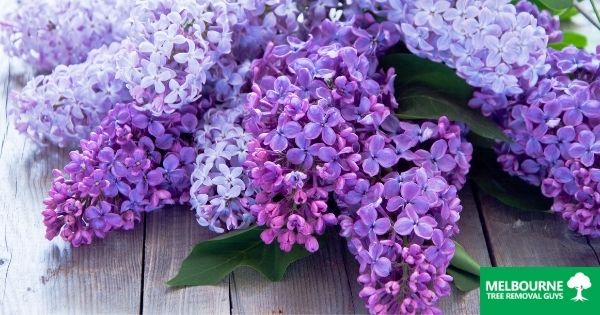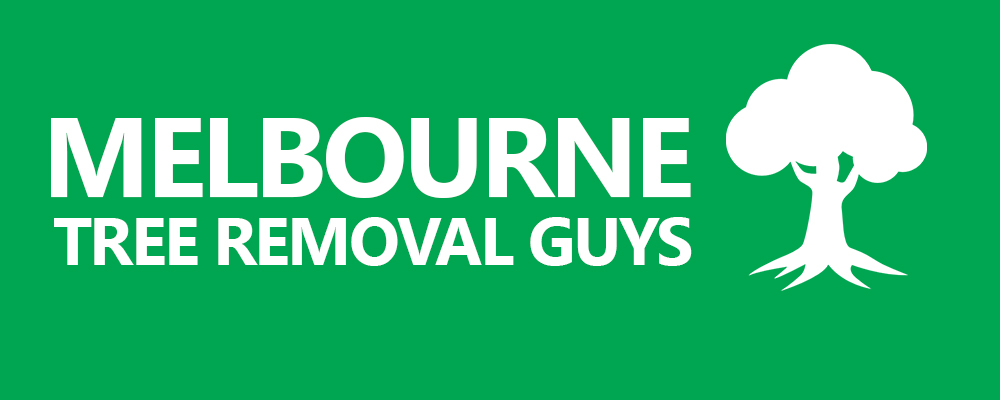Bees are critical to life on this planet. Did you know they are responsible for over 100 different types of food that we eat? Without them our diet would be nothing like it is today. Due to various factors such as pesticides, changing weather patterns and loss of habitat, honeybees continue to decline each year.
Their decline has been obvious for many years now and whilst it’s hard to help tackle the fundamental causes of the decline on an individual level, we can think about how our own mini habitats affect the natural world around us. As Bees become more and more endangered, it’s even more important that we do what we can personally to help them survive.
One way to help combat this decline, is to create an environment conducive to giving bees the nectar they need – by planting a garden full of bee friendly shrubs.
Lilac (Syringa)
Known for its amazing fragrant smell and their long dense clusters of flowers. With a gorgeous variety of shades to choose from – pink, purple, red, yellow, white, or lavender, there is an option for everyone. The most common Lilac – S.vulgaris flowering from May onwards can grow up to 12ft. Other varieties height vary between 4ft to 8ft, so do your research if height is something you need to consider. Lilac needs lots of sunshine and are relatively easy to grow.
Note that not all varieties give off a nice fragrance, some have none at all, make sure to check that before landing on your final choice of lilac.
These popular, easy to recognise shrubs are a fun addition to any garden. With their beautiful pendant like flowers, in a variety of shades of pinks and purples, they work well within borders, pot or baskets.
They flower from Spring through to around October, when the early frost starts to hit. The hybrid “Lady in Black” species is a great option if you want some to create height with the plant. If intertwined with some wire or mesh it will climb up to around 6ft.
Keep them in sunny or partial shade areas, with moist but not waterlogged soil, away from any areas that feel strong winds.
Viburnum
The Viburnum is a great genus of plant due to its many varieties, up to 175 species, which flower or produce berries at all different times throughout the year.
If your garden lacks flowering plants throughout the winter, go for the V.tinus variety. Throughout colder months from December until Spring this plant will produce small clusters of pink buds, followed by small white flowers.
If it’s spring-time that your garden needs a boost, V.Opulus ‘Sterile’ will grow 8ft tall full of white snow-ball shaped flower heads. Or finally, if your Autumn garden is needs a boost of colour, the V.davidii variety will give you blue berries and the Viburnum Opulus will bring a warm glow to your garden with its deep red coloured leaves and red berries.
Another great thing about Viburnum is that they are very hardy plants, easy to grow and generally low maintenance. They work well in most soil types, as long as it’s kept moist but well drained.
Sumach (Rhus)
Beautiful orange and red autumnal tones, tiny yellow spring flowers, crimson coloured 6-inch clusters of fruit in the late summer, the shrub that gives your garden a touch of beauty most of the year round.
The R.typhina species, also known as the Stags Horn Sumach, one of the more popular types you’ll see around, it does need pruning each February and it is not recommend to plant in lawns due to root suckers, which will need to be removed. The Royal Horticultural Society has a great article with advice on how to do that.
This shrub is not picky where it’s planted, most soils will work, and they thrive best in sunny spots. Interestingly, the spice Sumac comes from the berries on this plant, which large supermarket sell and it’s great on salads, meat, fish, anything really!
Daphne
Daphne is another brilliant option for those who choose at what time of year they want a flowering shrub. There are different species to choose from, each flowering in different seasons.
D.mezereum is often seen in many gardens flowering in February and March with red tinted-purple flowers and the D.odora ‘Aureomarginata’ flowers even earlier, around January, with cluster pale pink blooms, followed by red fruits. Also known as gold-edged winter daphne for its striking evergreen leaves with yellow edging, combine with its beautifully potent fragrance, can transform any garden.
Another species known as ‘Perfume Princess’ is particularly fragrant due to its large flowers, great for a partial shaded border and pinching a few stems for a vase in the kitchen! Plant in humus soil with peat when planning, keeping it moist but well drained. Positioned in sun or partial shade is best.
We hope this has given you some options to consider when picking out new plants for your garden. In our own small ways we can impact the larger world around us and if you’re interested in doing more, Friends of the Earth have some great suggestions how you can support the Bees cause.
As there are many varieties of shrubs, we recommend doing research and talking to the garden centre assistants or working with a gardener, to ensure you build a garden full of plants that work for your area and landscape.
Melbourne Tree Removal Guys – All Tree Cutting & Other Services. Tree Removal, Stump Grinding, Stump Removal, Tree Trimming, Tree Mulching, Tree Pruning & Emergency Tree Removal Experts In Melbourne!
Click here to read more articles regarding tree removal & related services.
If you are in Wheelers Hill and looking for Melbourne Tree Removal Guys, below is the best way to visit us.
Melbourne Tree Removal Guys
26 Fleetwood Dr
Narre Warren VIC 3805
https://treeremoval-melbourne.com.au
*Find us on Google Map

Related Posts
- Professional Tree Removal Services
via IFTTT
- Melbourne Tree Trimming Services
via IFTTT
- Tree Mulching Services Melbourne
via IFTTT

Recent Comments